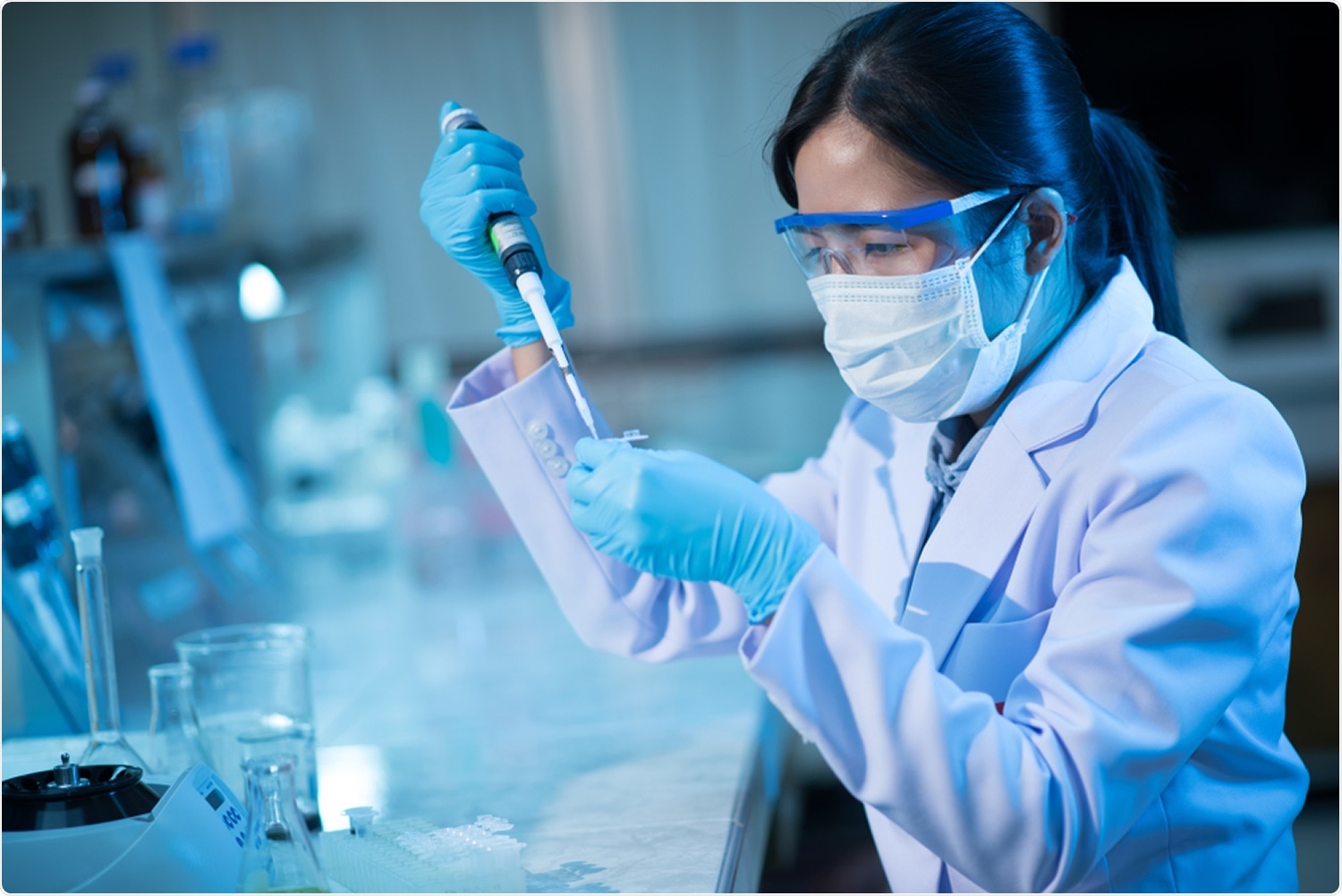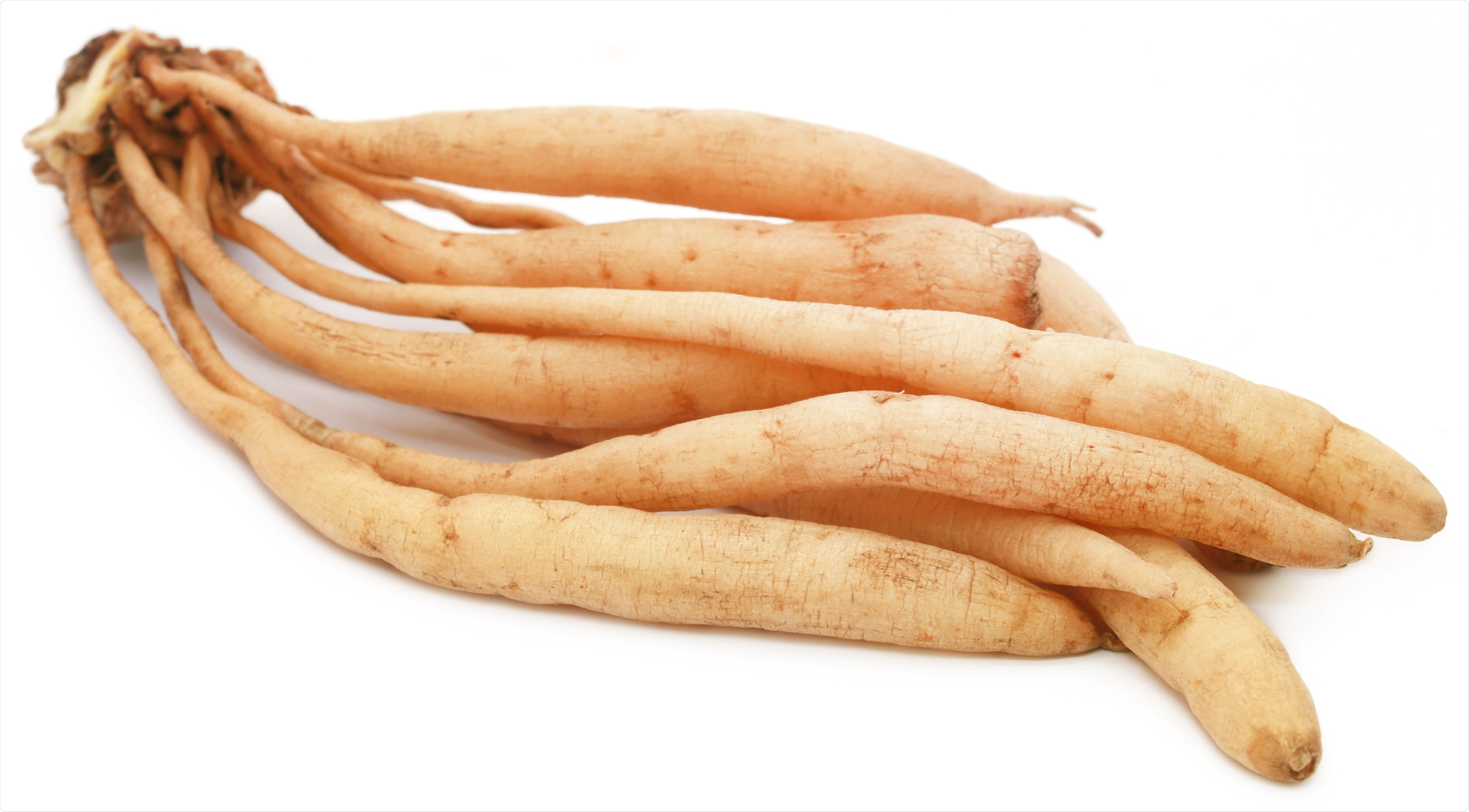To date, severe acute respiratory syndrome coronavirus 2 (SARS-CoV-2), the causal agent of coronavirus disease 2019 (COVID-19), has infected about 241 million individuals and claimed more than 4.9 million lives worldwide. As a result, the World Health Organization (WHO) declared the virus outbreak a pandemic in March 2020. SARS-CoV-2 belongs to a group of viruses known as coronaviruses. It is a positive-sense single-stranded RNA (+ssRNA) virus with a single linear RNA segment. SARS-CoV-2 is the 7th known coronavirus to cause infection in humans, after 229E, NL63, OC43, HKU1, MERS-CoV, and the original SARS-CoV.
Background
Extensive research is being conducted to develop drug molecules targeting key protein targets of SARS-CoV-2, and thus far, twelve proteins (structural and non-structural) have been characterized. A promising target for drug development is the main protease (Mpro). Mpro is a structural protein and plays an active role in viral replication and transcription.
Repurposing of antiviral drugs with known pharmacological effects is being used in the treatment of COVID-19 (e.g., Remdesivir). Previously, researchers used molecular docking and dynamic simulations to identify Mpro candidates from medical plants and also identified Mpro inhibitors from the MPD3 phytochemical database.
Phytochemicals are plant-derived molecules from medicinal plants that act as a prominent reservoir for treating a wide range of viral infections. In a new study, published in the journal Scientific Reports, scientists adopted a computational approach to identify Mpro inhibitors. The inhibitors were identified from a library of antiviral small molecules using a hierarchical workflow. The workflow comprised structure-based virtual screening, dynamic simulations, and binding free energy calculations.

110 Natural Compounds
For this study, a library of 110 natural compounds with antiviral properties was compiled. Special attention was paid to some plants, such as Withania somnifera, Asparagus racemosus, Zinziber ofcinalis, Allium sativum, Curcuma longa, and Adhatoda vasica. The NCBI PubChem database was used to retrieve the 3D structure of the natural compounds. The next steps were to prepare the ligand library and perform energy-minimization using the steepest gradient approach. The crystal structure of SARS-CoV-2 Mpro was retrieved from Protein Databank. For docking calculations and dynamic simulations, a single chain of Mpro coupled with bound N3 peptide was chosen.
.jpg)
Main Findings
Scientists used virtual screening to identify the best natural compounds with the ability to inhibit SARS-CoV-2 Mpro. Withanosides V and VI, Racemosides A and B, and Shatavarin IX , five natural compounds, demonstrated a high binding affinity and attained stable interactions with Mpro key pocket residues.
Researchers noted several amino acid residues that were common among the top five natural molecules. In addition, there were a wide variety of interaction types, such as hydrogen bonds, hydrophobic contacts, etc. During the virtual screening exercise, Withanoside V emerged as the best-scoring inhibitor for the SARS-CoV-2 Mpro. Withanoside V also possessed the largest polar surface area, suggesting it to be the best among the top five docked compounds.
Post-identification of the compounds, the drug-likelihood was assessed in terms of better pharmacokinetic properties and better descriptor scores. All five displayed drug-like traits on the basis of physicochemical properties. For human usage, specific parameters like blood-brain permeability and percentage of human oral absorption are crucial and these were also computed with the permissible limits.

Scientists next studied the conformational stability and time-dependent binding ability of ligands in the Mpro catalytic pocket. Molecular dynamic (MD) simulations are an effective way to analyze the conformational landscape of protein-ligand complexes. Conformational stability is crucial for ligand-mediated inhibition of Mpro and analysis.
Using MD simulations, scientists observed intramolecular hydrogen bonds in Withanoside VI, Racemoside A, and Shatavarin IX. These bonds accounted for stronger contacts for prolonged binding residence within the ligand-binding site.
Multiple simulations were conducted that led to an improvement in the robustness of the docking procedure in generating a stable dock pose. Withanoside V was identified as the best-scoring compound, which developed one hydrophobic contact, cyclopenta phenathrene pyran ring, and negatively charged amino acids. Racemoside B, in its docking profile, developed five hydrogen contacts and four alkyl interactions that were observed in the intermolecular interaction profiles. Shatavarin IX produced seven hydrogen bonds, one alkyl, and one unfavorable donor–donor interaction in its docking pose.
The free energy of binding the natural compounds with SARS-CoV-2 Mpro was calculated. It was observed that N3 developed better crystal contacts, thereby securing the top rank in the energy list, with Withanoside V and Withanoside VI ranking second and third, respectively.
Conclusion
The unavailability of effective drugs has exacerbated and prolonged the COVID-19 pandemic. A potentially fruitful strategy to curb the spread of the virus could be to target essential viral enzymes for multiplication, such as Mpro.
In this study, scientists prioritized some lead compounds (Withanoside V and VI, Racemoside A and B, and Shatavarin IX) from a compiled natural compound library using MD simulations and binding free energy calculations. However, the results presented in this study need further experimental confirmation via in vitro and in vivo studies.
- Patel, C.N. et al. (2021) Identification of antiviral phytochemicals as a potential SARS-CoV-2 main protease (Mpro) inhibitor using docking and molecular dynamics simulations. Scientific Report. 11, 20295. https://doi.org/10.1038/s41598-021-99165-4, https://www.nature.com/articles/s41598-021-99165-4
Posted in: Medical Science News | Medical Research News | Disease/Infection News | Pharmaceutical News
Tags: Amino Acid, binding affinity, Blood, Brain, Compound, Coronavirus, Coronavirus Disease COVID-19, Drugs, Exercise, in vitro, in vivo, Ligand, MERS-CoV, Pandemic, Phytochemical, Protein, Remdesivir, Research, Respiratory, RNA, SARS, SARS-CoV-2, Severe Acute Respiratory, Severe Acute Respiratory Syndrome, Structural Protein, Syndrome, Transcription, Virus

Written by
Dr. Priyom Bose
Priyom holds a Ph.D. in Plant Biology and Biotechnology from the University of Madras, India. She is an active researcher and an experienced science writer. Priyom has also co-authored several original research articles that have been published in reputed peer-reviewed journals. She is also an avid reader and an amateur photographer.
Source: Read Full Article